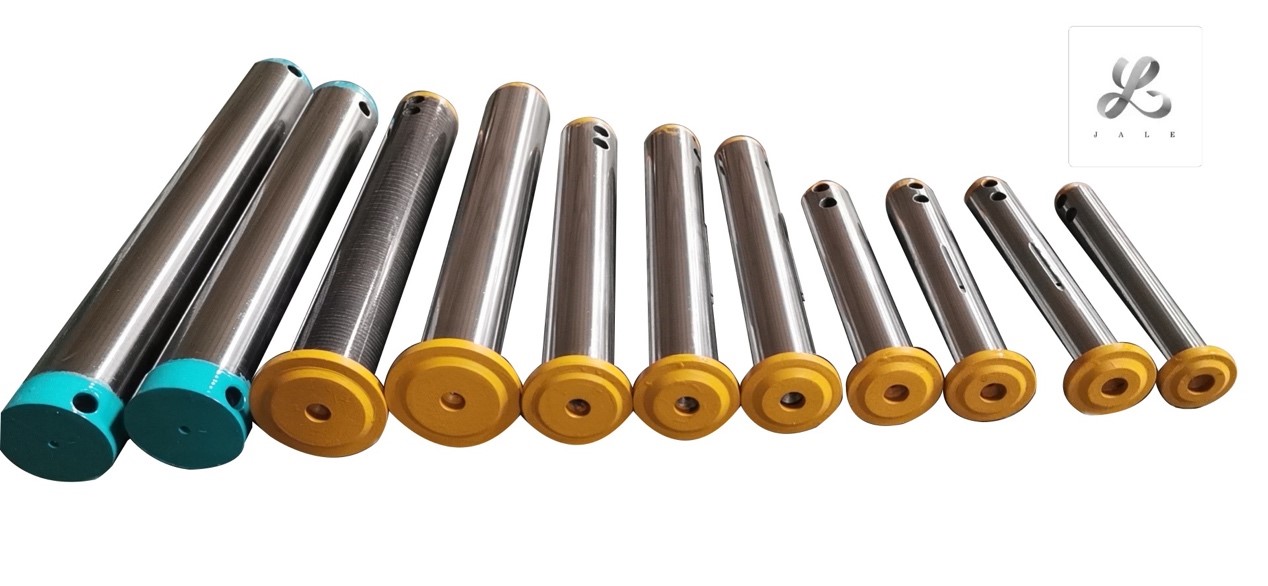The continuous “rain” shrouded the accessories market. Once upon a time, the streets of the storefronts where cars and goods came and went became deserted. The bosses were doing nothing in the store, making tea in worry, and the mobile phone on the tea table no longer kept ringing as before. This is probably the general status quo of construction machinery parts merchants across the country at this moment. Facing the multiple challenges of the epidemic, the market decline, the industry involution, and the double drop of sales and profits, what is the way out for construction machinery parts merchants?
Therefore, in order to find a way out, we should change our habitual thinking. Instead of complaining about ourselves and saying “the environment is not good” to end further possibility thinking, we should consider the cyclicality of the market as a basic condition, and think about how we can achieve such a situation. Survive in the environment, or even live better, and even gain a higher market share when the cycle goes up in the future.
Whether it should be entangled with the decline in profit margins in the accessories industry
After having a rational understanding of the macro environment and correct thinking, we continue to narrow our vision and focus on analyzing the competition in the market itself, which is rooted in the industry’s profit margin.
Construction machinery parts can be divided into three categories according to their sources: original parts, auxiliary parts, and dismantled parts. The largest market is auxiliary parts. Why can accessory parts exceed the market share of original parts in development? The answer was given by Mr. Xue Xiaoping in his article analyzing why foreign brands were defeated by domestic brands.
The high profit margin of foreign brand products is the reason why they are being chased by domestic brands. Price war is an excellent means to expand market share. In the same way, the high profit margin of original parts also gives manufacturers of sub-factory parts and accessories merchants the opportunity to catch up. The more cost-effective auxiliary parts have become the mainstream in the market, and many customers have lost their loyal customers of auxiliary parts after the equipment is out of warranty.
Therefore, in the market, many accessory parts have even become the accessory parts of the current OEMs, while the accessory distributors who mainly focus on accessory parts have become the mainstream. The reason is that the profit margin of the original parts was high in the past. The year-on-year decline in the profit margin of original parts also means the rise of auxiliary parts and the gradual expansion of market share.
On the other hand, it is the involution of market practitioners. Compared with other more mature industries, such as fast-moving consumer goods, the average profit rate is less than 10%, and the profit rate of 20% to 30% of construction machinery parts is still attractive to many people, so there are more and more disruptors. Competing for share with insiders in order to grab customers has caused a sharp drop in profit margins. This has also caused trouble for many businesses. The high profits in the past make the current business look unprofitable.
Regarding the profit rate, the author believes that, compared with other mature industries, the average profit of the construction machinery parts industry regardless of manufacturers or distributors is still considerable, so the decline in profit margins should be regarded as a normal phenomenon, and every non-monopoly market will experience such a situation. The process is the performance of the industry becoming mature. When the profit of accessories makes other capital not want to come in, it is actually the time when the market is balanced and mature.
In addition, from the perspective of raw materials and the unavoidable currency depreciation in the future, the current profit margin is actually close to the lower limit (a further reduction will be after the large-scale integration of upstream manufacturers matures), so as an individual in the market, what we should consider is not profit. It’s a question of how to expand sales and how to still be profitable with low profit margins. This is actually a period of time for reducing costs and increasing income, and for refined and large-scale management.
Post time: Apr-08-2022

